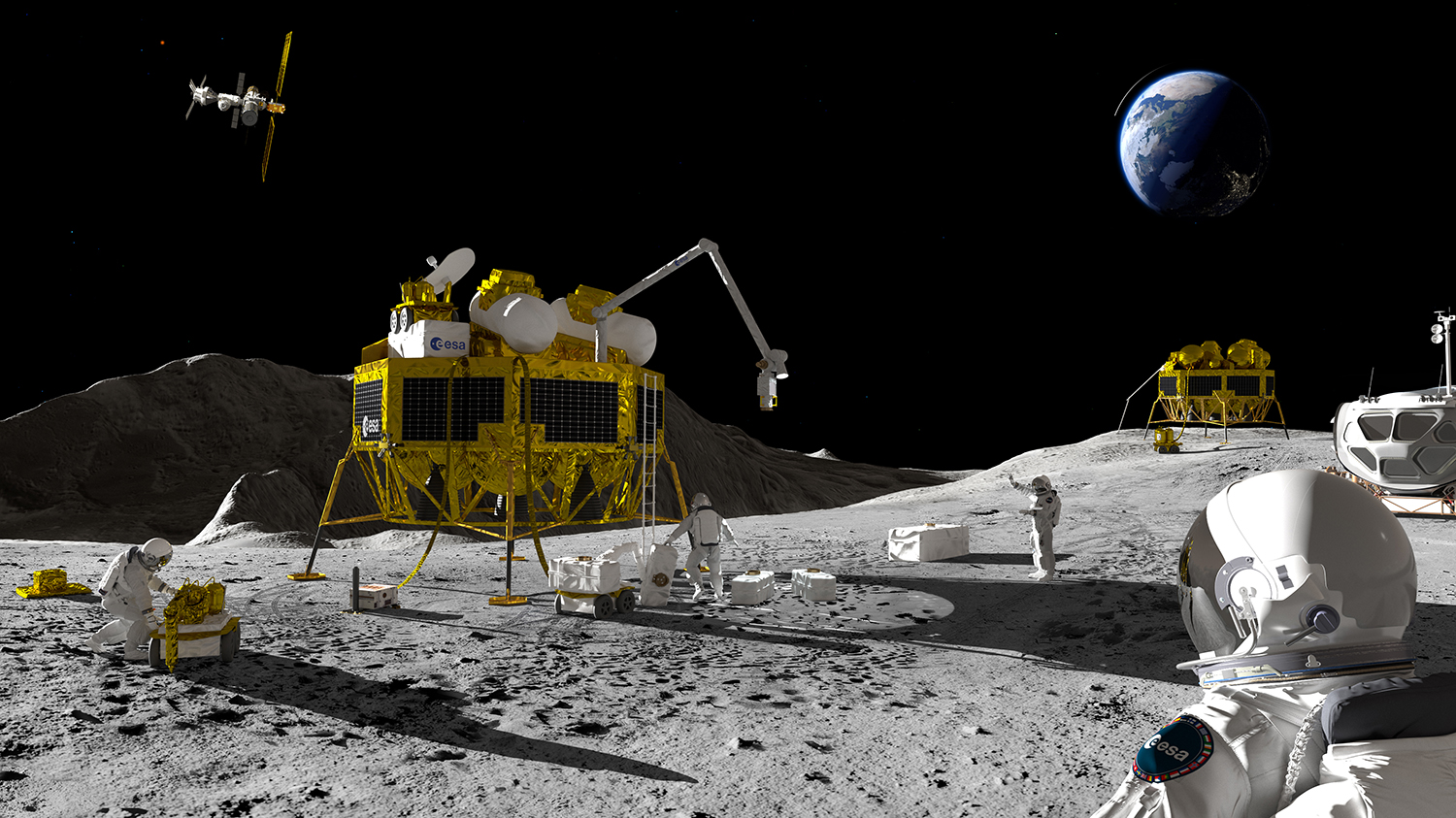
In the vast and mysterious expanse of space, a story of partnership continues to unfold. This isn’t a tale of human camaraderie but a narrative of humans and robots joining forces in the pursuit of cosmic discovery, health, and technology. Taking a closer look at this fascinating topic suggests the future of space exploration is not a solo journey for humans or robots, but a collaborative venture that leverages the strengths of both.
The comparison of today’s autonomous vehicles to the potential of spacefaring robots offers a glimpse into how artificial intelligence could aid astronauts in navigating and exploring extraterrestrial terrains. These robotic systems, equipped with sophisticated AI, have the capability to identify hazards and navigate environments that are beyond human intuition. Drawing from advancements in sensor technology and machine learning, these robots can perceive their surroundings and make informed decisions, providing invaluable assistance to astronauts on the surface of distant worlds.
Health monitoring and medical intervention represent another critical area where robotics are set to play a pivotal role. The unique challenges of space travel impose significant stresses on the human body, from the effects of microgravity to the psychological strain of isolation. Robotic technologies, akin to the health monitors we use on Earth, can continuously track astronauts’ vital signs, offering insights and recommendations to maintain physical and mental well-being. Furthermore, the prospect of robotic surgery in space, a concept once confined to the realms of science fiction, is now being explored as a means to provide astronauts with the highest standard of care, millions of miles from home.
Join our Discord Server: Join the community with forums and chatrooms about space!
Reflecting on the history of exploration, it’s evident that technology has always been a companion to humans in their quests to conquer new frontiers. This collaboration is likely to continue when astronauts travel to Mars in the coming decades. Robots, such as the rovers currently exploring the Martian surface, are laying the groundwork for future human missions, acting as scouts in the alien terrain.
Yet, despite the remarkable capabilities of these robotic explorers, the essence of exploration — adaptability, creativity, and the ability to confront the unknown – remains uniquely human. Robots with their programmed instructions and algorithms cannot, at this time, completely replicate the instinctive and innovative responses humans bring to unforeseen challenges. This distinction underscores the irreplaceable value of human presence in the exploration of space. These sophisticated machines are tools designed to extend, not necessarily replace, human capabilities.
As we look toward the future, advancements in human-robot interaction promise to deepen this partnership. Innovations aim to create robots that not only understand but also respond to human social cues, fostering a cooperative environment that enhances mission success. These developments signal a move toward a more integrated and harmonious relationship between astronauts and their robotic counterparts, further enhancing the collective ability to explore and understand the cosmos.
In exploring this dynamic partnership, the path to unlocking the secrets of space may well be a shared journey. This collaboration between humans and robots, combining the precision and durability of machines with human ingenuity and adaptability, opens new horizons for exploration, discovery and even safety in some of our universe’s most inhospitable environments. As we continue to reach for the stars, this alliance stands as a testament to human innovation, propelling us forward into the unknown with the promise of discoveries that could reshape our understanding of the universe.
FTC: We use income earning auto affiliate links. More.

Comments